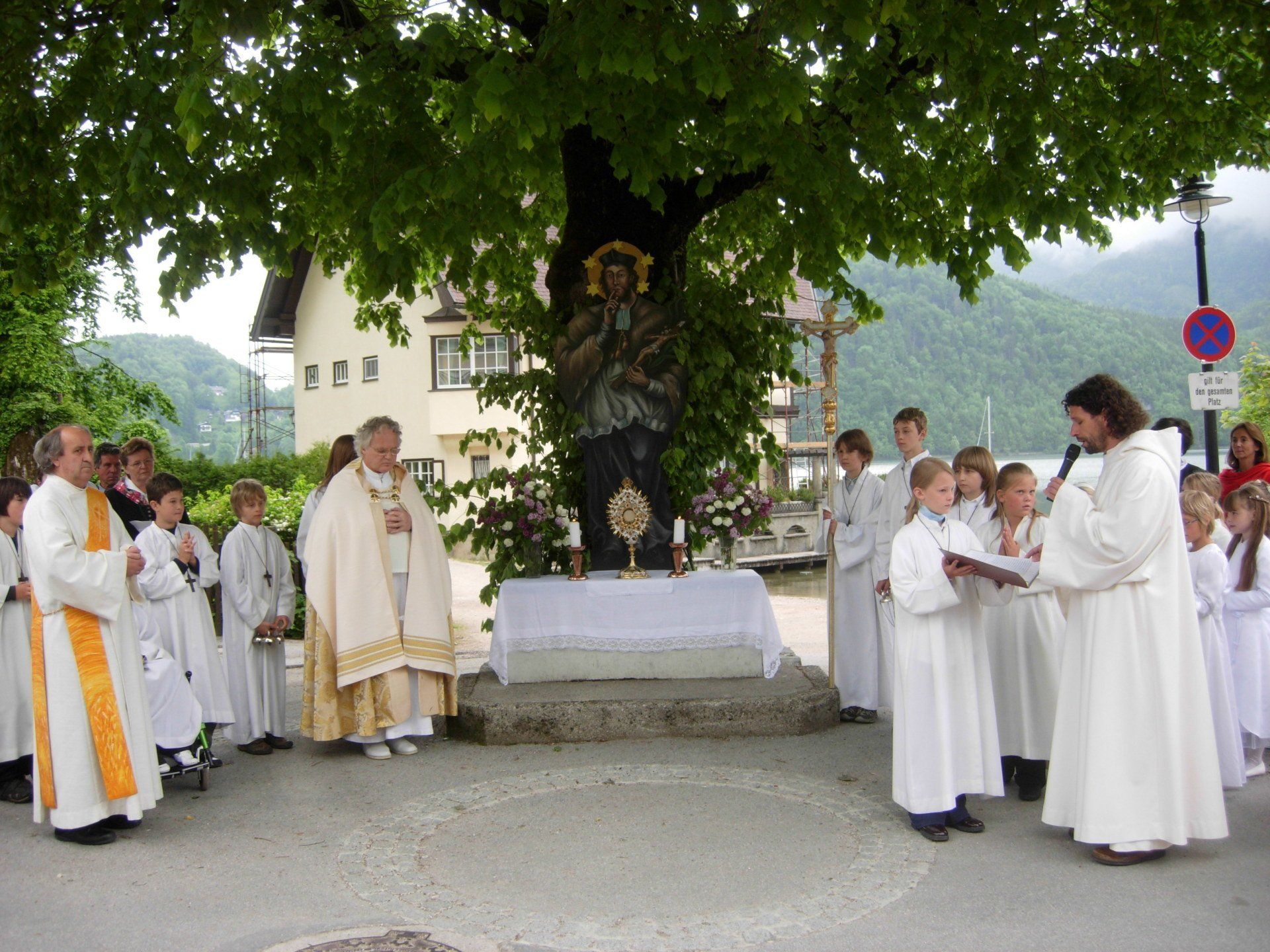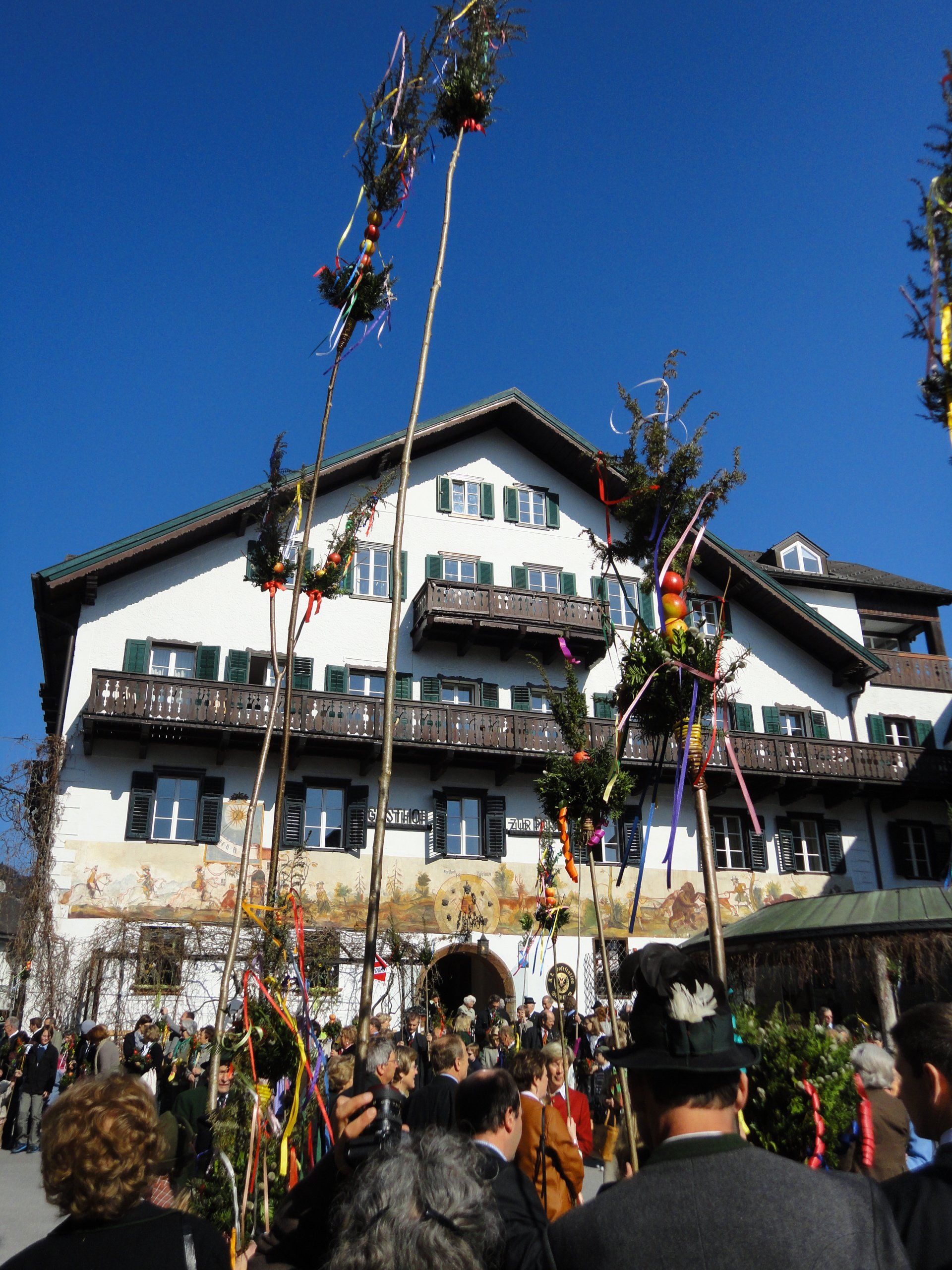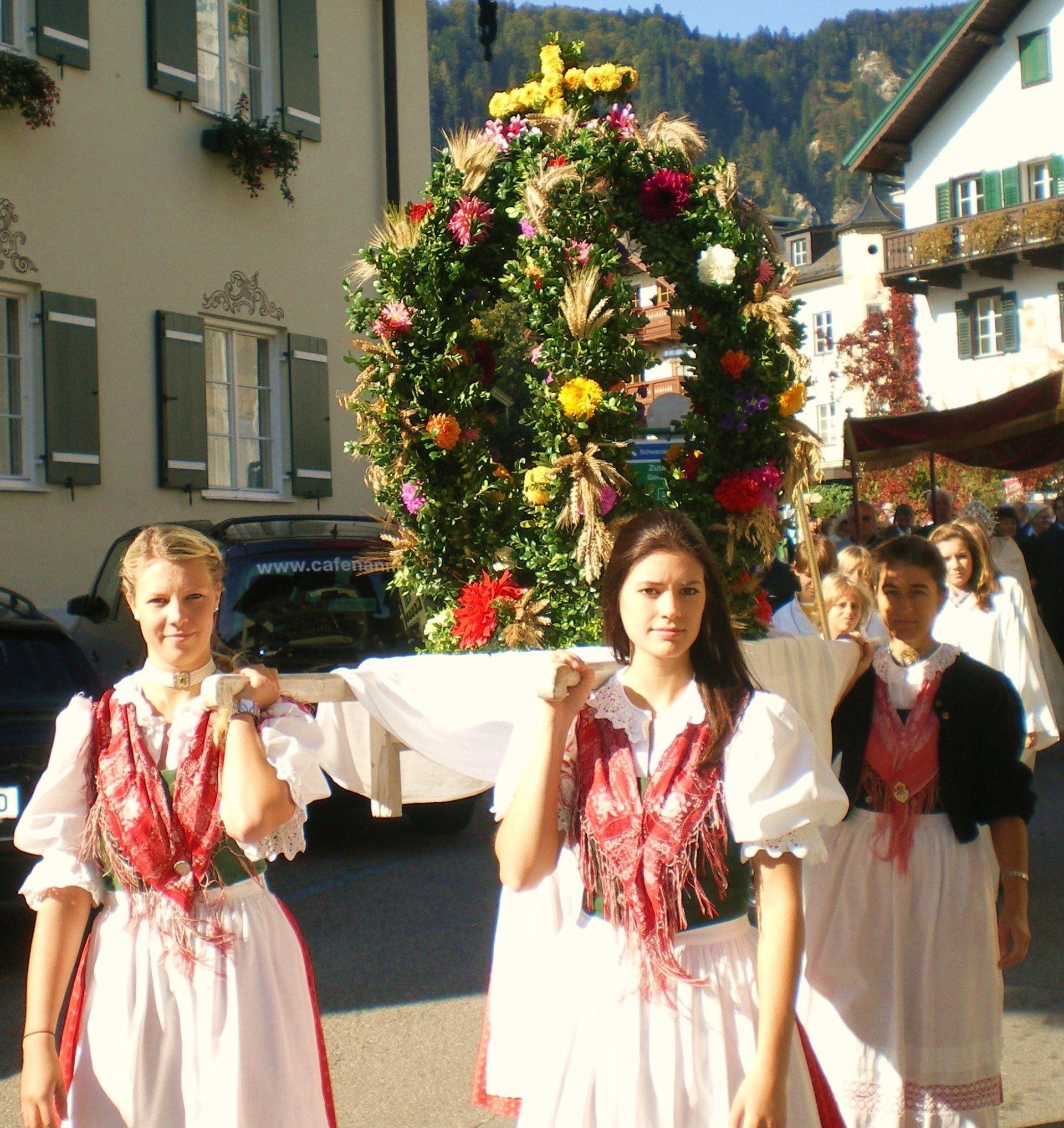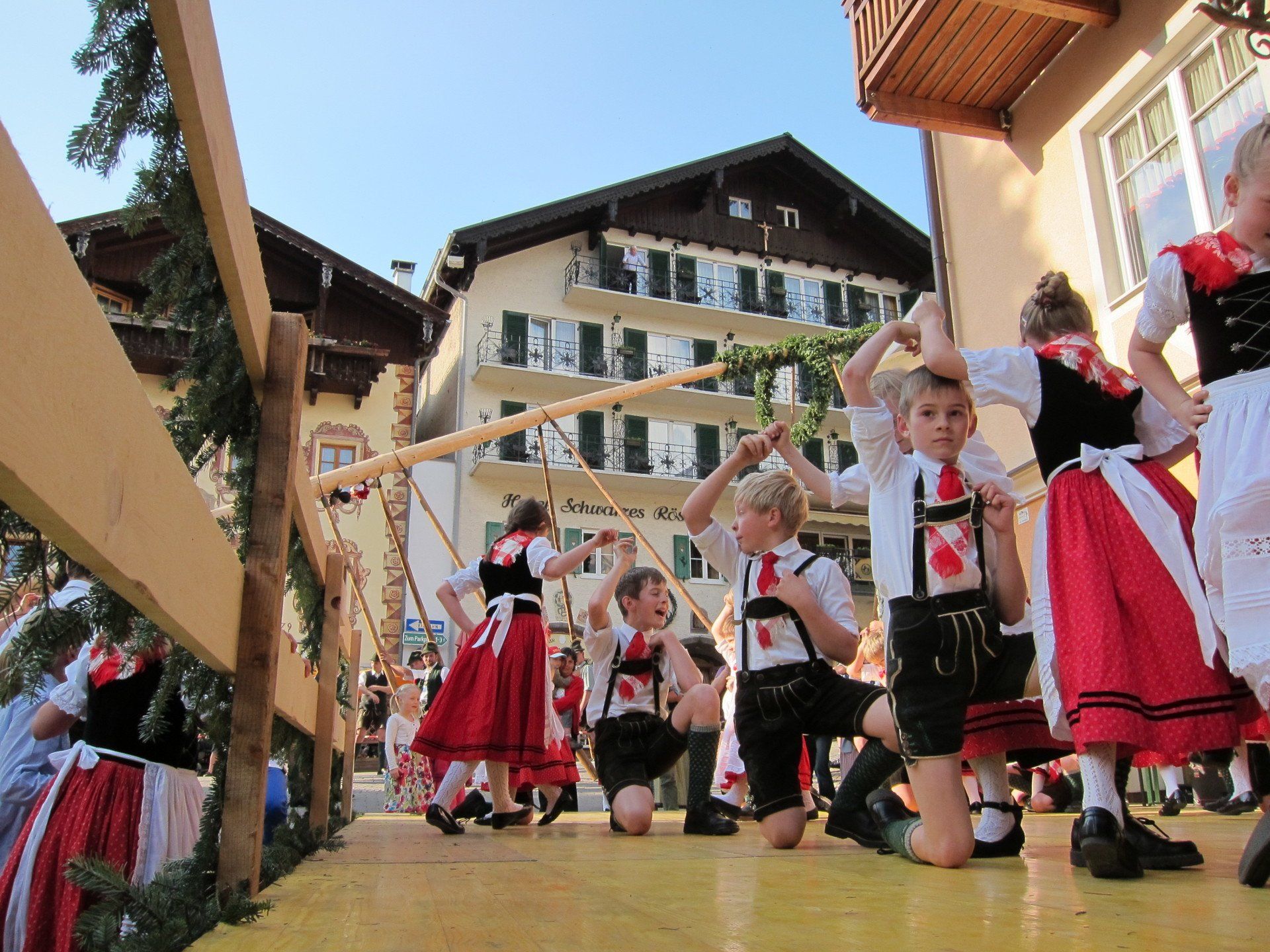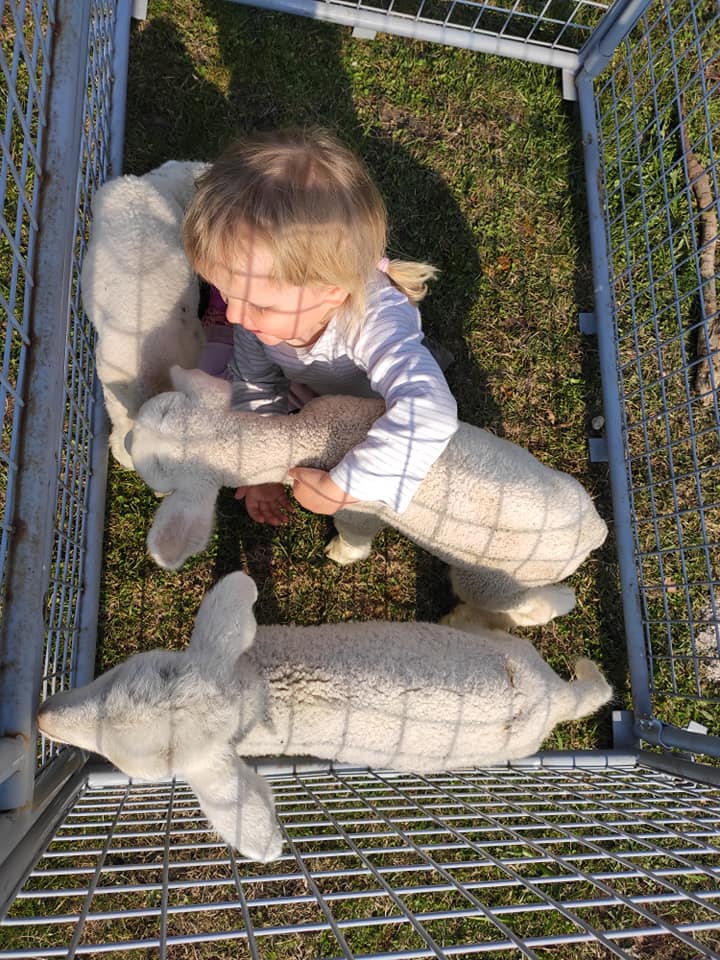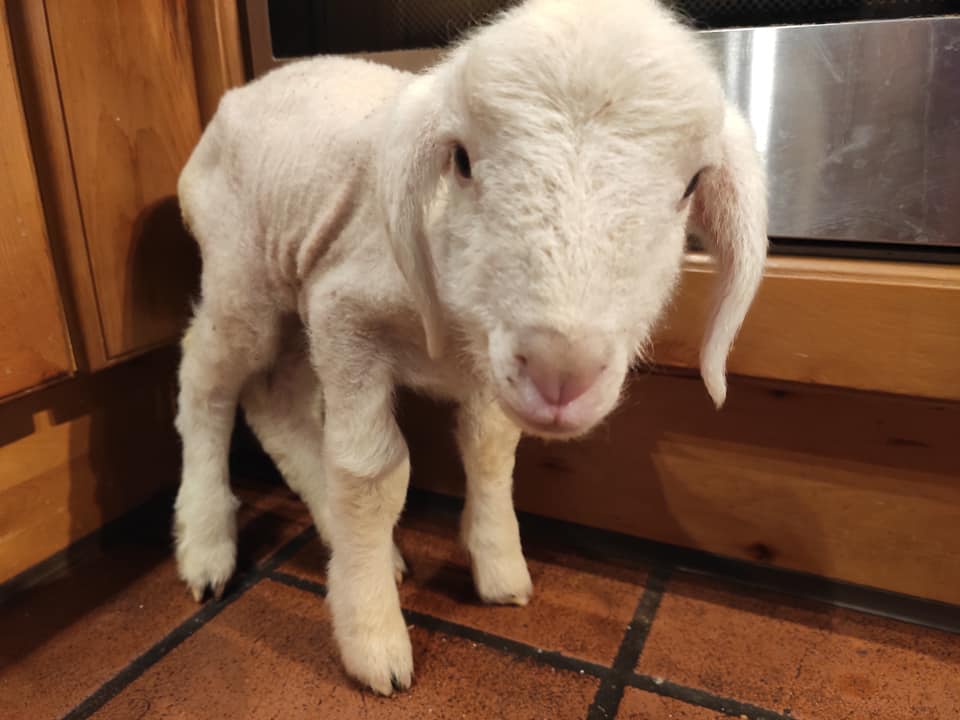10 things to be proud of in Austria ...
A beautiful spot in the heart of Europe, which is now called home by 8.7 million people and where kangaroos cannot be seen in the wild (as is often assumed), but only in the zoo. Yes, we're talking about Austria. What things make our country so beautiful and, above all, so special, we will now introduce you to 10 things that Austria is proud of. We are small and are often seen as “the other Germany”, but there are some things that we are internationally known for and of which we are (fully deservedly) proud.
1.) Land of the mountains, land on the river
Whether summer or winter: the Austrian landscape has something to offer for everyone, always and everywhere. One could almost think that the lakes and mountains are in a real race for the most beautiful places in the whole country. While we have some hiking and skiing paradises with over 3,000 meters of altitude with the Großglockner, Großvenediger, Wildspitze and other others, we are also amazed at the most beautiful bathing spots in summer. The Green Lake, Reedsee, Attersee - they all provide us with a spectacular natural backdrop that not only invites you to swim and relax, but is also ideal for walks in the area and picnics.
2.) Musicians of the past
A tribute to the great heroes of classical music, most of whom died some time ago, but who still touch and entertain us years - and in some cases centuries - later with their music. First and foremost, I would basically list the gentlemen of the Viennese Classicism - Joseph Hadyn, Wolfgang Amadeus Mozart and Ludwig van Beethoven (yes, yes, not an Austrian, but he spent a few years of creative work with us and finally found his final peace at the Vienna Central Cemetery) . Nevertheless, at this point I would also like to highlight musicians or a genre of music that was particularly successful in the world in the 1980s: Austropop. Our first, German-speaking rapper Falco had some international hits, but the groups EAV and STS also stormed the charts worldwide.
3.) Bring the sparkling wine (and the beer)
With 22 white and 13 red grape varieties, it is quite appropriate to give us the title of “Wine Country Austria” ourselves. For several centuries we have been growing wine in Lower Austria, Burgenland, Vienna and Styria, which makes the palates of wine lovers all over the world sing. Beer also tends to taste better in our own country than when we are traveling, and there has been an interesting development here over the past few years: mini and microbreweries are springing up like mushrooms as more and more inns are producing their own beer. Well then, Proooost!
4.) The traditional cuisine
A fried potato soup, a Schnitz'l with potato salad and finally a really fluffy Kaiserschmarr'n. Horny or horny? Our (sometimes very hearty, but no less good) traditional cuisine has so many good dishes to offer that can be consumed in conventional inns. The fact is, however, that the roast pork with bread dumplings does not taste as good anywhere as with Omi.
5.) Cheers to our winter sports enthusiasts
We're not that good at football, but hey ... we have other talents - skiing for example! Such a small country, so many mountains and even more successful ski racers, because with Hermann Maier, Marcel Hirscher and Benni Raich and Stephan Eberharter we have four men among the top 10 most successful male alpine skiers of all time and are - both men as well as for women - the most successful nation internationally in a country comparison. With Annemarie Moser-Pröll, Renate Götschl and Marlies Raich (formerly Schild), three of our ladies are among the top ten. With all these success numbers, one is already looking forward to the winter sports season.
6.) And the Oscar goes to ...
… Stefan Ruzowitzky, Christoph Waltz, again Christoph Waltz and Michael Haneke. We have already managed to take home a coveted Academy Award four times since the turn of the millennium. While Stefan Ruzowitzky with the feature film “Die Fälscher” and Michael Haneke with “Liebe” as directors were able to win an Oscar for the best foreign language film and also several prizes worldwide, Christoph Waltz succeeded with two films - “Inglorious Basterds” and “Django Unchained ”- to win an Oscar in the Best Supporting Actor category within a short period of time. We are excited to see when we will get the next trophy for the world's first film award.
7.) Highlight 2016: We are allowed to play at the EM
Juhuuuu, we're going to the EM in France. And unfortunately back home soon. But from a sporting point of view, being there is everything, isn't it? So great was the joy after the European Championship qualification Austria when our national team scored four goals against Sweden, so sobering and disappointing was the elimination of our kickers after only one round. If you are in a low mood, please scroll up to number 5 again or think back to Córdoba in 1978.
8.) Perpetual neutrality
On October 26th we celebrate our national holiday, on which we did not (I emphasize: NOT) celebrate the fact that the last soldier left the country on October 26, 1955, but our voluntary, permanent neutrality. This was, now a brief excursus into history lessons, of great importance, especially during the Cold War. “Neutrality in the event of war, no alliance, no military bases” are the hard facts of our neutrality described in Franz Cede's so-called Avocado Doctrine. Oh yes, without this small, fine detail in our constitution, we would probably not have become one of the four locations of the United Nations.
9.) Now something has happened again
Thank you Wolf Haas for numerous detective novels, hours of reading pleasure and excitement until the end. Literary Austria has a wide range of really good reading to offer, from Arthur Schnitzler's “Reigen” to Zweig's “Schachnovelle”, which contains a lot of delicacies for bookworms. There was almost no epoch in which Austria could not achieve international success with at least one work. But despite highlights such as Franz Grillparzer's drama “The Dream of a Life” at the time of Biedermeier and Vormärz, or Hugo von Hofmannsthal's “Jedermann”, Elfriede Jelinek, Thomas Glavinic, Christoph Ransmayr and (thank God) so many more can fit into one look forward to a brilliant literary future.
10.) Everything waltz!
Our opera ball, the tradition of which goes back to the time of the Congress of Vienna in 1814/15, has been considered the social highlight of the ball season since it opened in the court opera soirée in 1877. Every year the ball is attended by stars and starlets from all over the world in the most beautiful evening gowns under the request "Alles Walzer" with musical accompaniment by Johann Strauss. Another highlight of this unique ball night is the midnight quadrille, the Radetzky March and Little Brothers Fine, in addition to the surprise VIP guest brought by Richard Lugner every year.
Source: with the kind permission of 1000things to do in Austria by Lisa Panzenböck https://www.1000things.at/blog/10-dinge-auf-die-man-in-oesterreich-stolz-ist/
Typically Austria - How the whole world perceives Austria
The Sound of Music, Wiener Schnitzel and Arnold Schwarzenegger - that's Austria! At least our country is often perceived internationally as if that were all we have to offer. That is wrong, because the Sachertorte was forgotten on this bill! Here are some of the other clichés with which Austria is perceived. A bunch of Mozarts in Hallstatt: this is how many Chinese see Austria. How does the whole world perceive Austria? We have researched for you and present you the result here.
1) I'll be back - "I'll be back," promised the terminator
Bodybuilders, actors and politicians: Arnie is guaranteed to be one of our most versatile and well-known emigrants. Whether as the goverveur of California, Terminator or the most successful bodybuilder in the world - the "Styrian oak" is probably even better known internationally than the Styrian kernel oil and not just since his autobiography, which was published in 2012, in which he also describes his misstep with the housekeeper. The governator, as he is affectionately known by his fans, has his own star on the Walk of Fame in Hollywood and has won the "Mister Olympia" 7 times.
2) One Wiener Schnitzel, please!
A good Wiener Schnitzel is still one of the best things our domestic cuisine has to offer. Often copied all over the world, but the original veal schnitzel, as it is first-class prepared at Figlmüller, Plachutta and Co, can hardly be copied. The thinly breaded, baked meat is now also available for vegetarians, namely as breaded soy schnitzel, and not only makes the hearts of Austrians beat faster, but also those around the world.
3) The Sound of Music
The musical "The Sound of Music", which is based on a true story and is set in Salzburgerland, enjoys international popularity and is always associated with Austria, but how many of us have ever seen the musical or the film? The musical, which received an award on Broadway in 1959, is about the ambitious singer and dancer Maria, who falls in love with a captain and his children at the time of the annexation of Austria to the German Reich. For those who have never seen the film or the musical - please watch.
4) Glock pistols
Well, who is the biggest fan of the self-loading pistols from Austria? Clearly: the gun enthusiast par excellence in the USA. They are so convinced of this brand of weapons that rumors keep surfing that the US Army may switch to Glock pistols.
5) Austria ≠ Australia
The same thing over and over again. No, we are in the heart of Europe and not in the southern hemisphere. No, we don't have any kangaroos. No, we don't (yet) have 30 ° at Christmas. Austria is not Australia! In order to banish this confusion from the minds of the international population once and for all, there would be a grandiose idea based on a campaign by the Swiss and Swedes: These two countries were tired of being confused with each other because their names are like that in Chinese sound similar (Switzerland is called Ruishi and Sweden is Ruidian), they started a campaign in which a map of Europe shows what is where. That would also be highly recommended for the Australians and us, but you would need a map of the world here.
6) A bunch of Mozarts in Hallstatt
For the Chinese, we Austrians are a bunch of Mozarts around Lake Hallstatt. They love the market town in Gmunden in Upper Austria so much that they built their own Hallstatt. The copy of our UNESCO World Heritage Site, located in the southern Chinese province of Guangdong, was opened at the end of May 2012 and even includes the church and a (not to scale) lake. Nevertheless, it seems as if the Cinesis can't get enough of us, especially since they are organizing a Salzburg festival with numerous Mozart pieces in Beijing's trendy Sanlitun district.
7) Stronghold of psychotherapy
Where was probably the most famous couch in the world? Without a doubt in the Wiener Berggasse and it belonged to none other than the luminary of psychotherapy Sigmund Freud. Freud's patients lay on it for almost half a century during analytic sessions. Vienna in general is one of the cities that had a tremendous impact on the development of psychotherapy, especially as Alfred Adler practiced in Vienna alongside Sigmund Freud, who published what is probably the most formative work for psychotherapy, “The Interpretation of Dreams” in 1900. Even if Adler's school differs significantly from Freud's, the two are still considered to be the founders of the depth psychology school alongside the Swiss CG Jung.
8) Austria's ski paradise
Not only do we Austrians love skiing, but also people from all over the world make the pilgrimage to Austria for winter sports. It is no secret that skiing in our parts of the Alps has been the engine of domestic tourism for ages. The most popular ski destinations are undoubtedly the Arlberg, Kitzbühel, Ischgl and a few others. We have here for you why skiing anyway and generally the most blatant thing is “what ma si can only vuastoin”.
Source: with the kind permission of 1000things to do in Austria by Lisa Panzenböck https://www.1000things.at/blog/wie-oesterreich-in-aller-welt-wahrhaben-wird/
30 things you have to experience in Austria ...
Mountains, valleys, castles, palaces, rivers, forests, museums, fields - Austria has so many beautiful things to offer that the list even begins to rhyme. We have selected our top 20 * from all the highlights and adrenaline-pumping adventures that give you goose bumps. You have to experience it in Austria!
- Drink sparkling wine
- Climb a 3000 meter
- Landjäger eat sausages and Kaiserschmarrn
- Take a yodel workshop and yodel from the Untersberg in Salzburg
- Swim in the beautiful Wolfgangsee *
- Visit Hallstatt and constantly blaspheme about the Chinese tourists
- Eat a Mozartkugel in Salzburg
- Eat a Zaunerstollen in the Zauner pastry shop in Bad Ischl *
- Design your very own coffee mug at Gmundner Keramik
- On the Skywalk on the Dachstein, teach the others that you are not afraid of heights, just fear of falling off
- Skiing on the Postalm in winter *
- Climb the ladder to heaven on the Dachstein
- Give yourself the full roar of the cultural program at the Salzburg Festival *
- Treat yourself to a pleasurable break in the Ischl Kaisertherme *
- Eat a schnitzel *
- Take the cog railway to the Schafberg *
- Visit one of the oldest zoos in the world in Salzburg *
- See how many men's cuts you can put in your mouth at once
- Take a break while hiking, sit on the grass and unpack the sandwich you made yourself
- You like it - bike it! Cycle through the Salzkammergut
Source: with the kind permission of 1000things to do in Austria by Viktoria Klimpfinger https://www.1000things.at/blog/100-dinge-die-man-in-oesterreich-machen-muss-teil-1/ and https: / /www.1000things.at/blog/100-dinge-die-man-in-oesterreich-machen-muss-teil-2/, of which * modified
Customs and traditions.
Customs and traditions in the Salzkammergut.
The Salzkammergut is not only an extremely scenic region, but also rich in old and young customs and traditions. In the entire region, great importance is still attached to keeping customs alive. In this way, customs are effectively saved from extinction and valuable intangible cultural heritage is preserved.
As in other regions, the customs of the Salzkammergut are based on the course of the year, which has always determined the fate of the rural, farming population. As such, they are an invaluable cultural asset that bridges the gap between the past and the present. The Salzkammergut in particular is known for lovingly cultivating its diverse customs. The people here are proud to have such a rich intangible cultural heritage and are aware of their responsibility to it. The preservation of this cultural treasure not only benefits the local population, but also gives visitors an impressive picture of the local culture.
Glöckler run
The Austrians are a people who lovingly cultivate their customs all year round. The start is made by the Glöcklerlauf, when the so-called Schön-Perchten, the good spirits of light, move through the area from the last Raunacht on January 5th to drive away the evil spirits of winter. The costume that men wear in this custom varies from region to region. In the Salzkammergut, where the Perchten are called Glöckler, strikingly large, tapered and artistically crafted hats that are illuminated from the inside adorn the head and a heavy bell strap adorns the white robe.
Liebstatt Sunday
Another traditional festival is "Liebstattsonntag", which is celebrated on the fourth Sunday of Lent and which was introduced in the 17th century by the Corpus Christi brotherhood in Gmunden. With this "Liebstatt", in the sense of "confirming love", a sign of humanity towards those in need should be set, whom one invited to dinner. Today, gingerbread hearts are given to each other, although this custom is particularly widespread in Bad Goisern and Ebernsee, but also in some other Upper Austrian regions.
Corpus Christi
The Austrians celebrate Corpus Christi in an extremely pompous and solemn manner. The famous water processions in Hallstatt and on the Traunsee are particularly worth seeing, when festively decorated boats row the clergy out onto the lake, in the middle of which the blessing of the Hallberg takes place. The ceremony is accompanied by music and carillon.
Sagittarius tradition
The people of the Salzkammergut are proud to keep their old shooting tradition alive. In the middle of October each year, when a shooting year ends, there is an opulent festival with regional delicacies.
Costume
Local traditional costumes are an integral part of lived customs in the Salzkammergut. Emperor Franz Joseph I contributed not least to the great popularity of the costume. Since he enthusiastically wore leather, loden skirt and a Styrian hat with a Gamsbart on his holidays in Bad Ischl, the high society began to do the same. The ladies wrapped themselves in the Salzkammergut dirndl. This is especially gorgeous with green, pink, red and purple. A black silk apron should also not be missing. The neckline is round in all variants except for the Anna Plochl costume. Today this is considered a festive costume.
Customs also include wearing traditional costumes. Typical of the dirndl in the Salzkammergut is the color green in combination with pink, red and purple, while the men slip into dark lederhosen with predominantly green socks and loden jackets.
The bottom line is: whether hearty Gstanzl music, whether dance dance, accompanied by Paschen, the rhythmic clapping in dialogue, or the colorful spectacle of the cattle drive - the happy and warm people in Austria and especially in the Salzkammergut understand life in its originality and To design and enjoy diversity.
Animals are part of life on land.
One of the nicest things about a vacation on a farm - especially for children - is certainly animals. Cats, dogs, rabbits and rabbits: For those who cannot keep pets in the narrow city apartment, the "little critters you can touch" are something very special.
The farm animals are no less interesting, especially cattle and pigs, goats and sheep. They don't cuddle up so well, but they form an essential basis for everyone's life, whether as a consumer or as a producer.
The close coexistence of humans and animals is what defines a farm. This togetherness gives rise to countless exciting stories that want to be discovered and experienced; Stories that can help raise awareness of nutrition, nature and the environment.
Cuddling allowed!
For the farmers, livestock is of course in the foreground, as this is how they earn their livelihood. But a farm is not only populated by cattle and pigs, but - to the delight of young and old - also by numerous animal species that are far better to touch and although we don't have rabbits, dogs and cats yet. Our sheep have been part of the FiSCHERGUT for around 30 years and also ensure that petting is not neglected.








